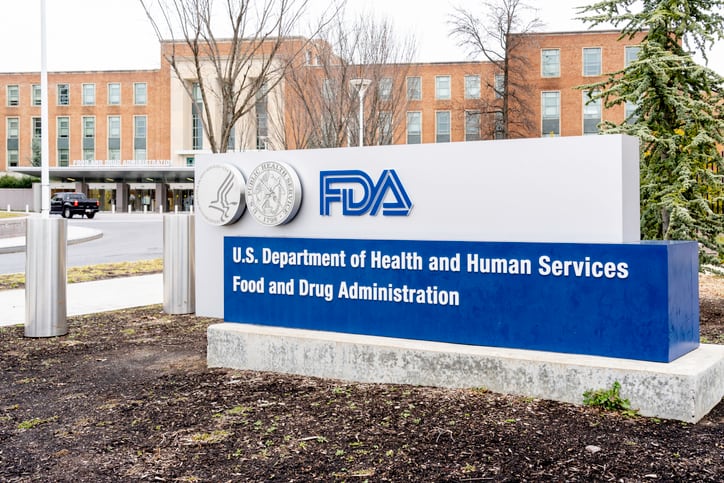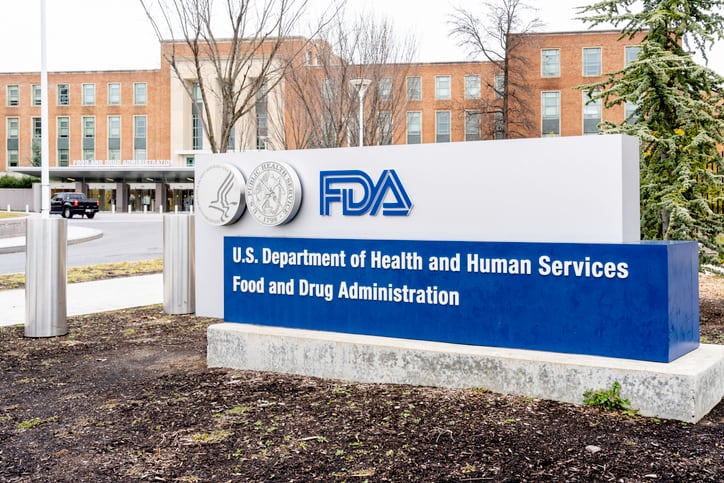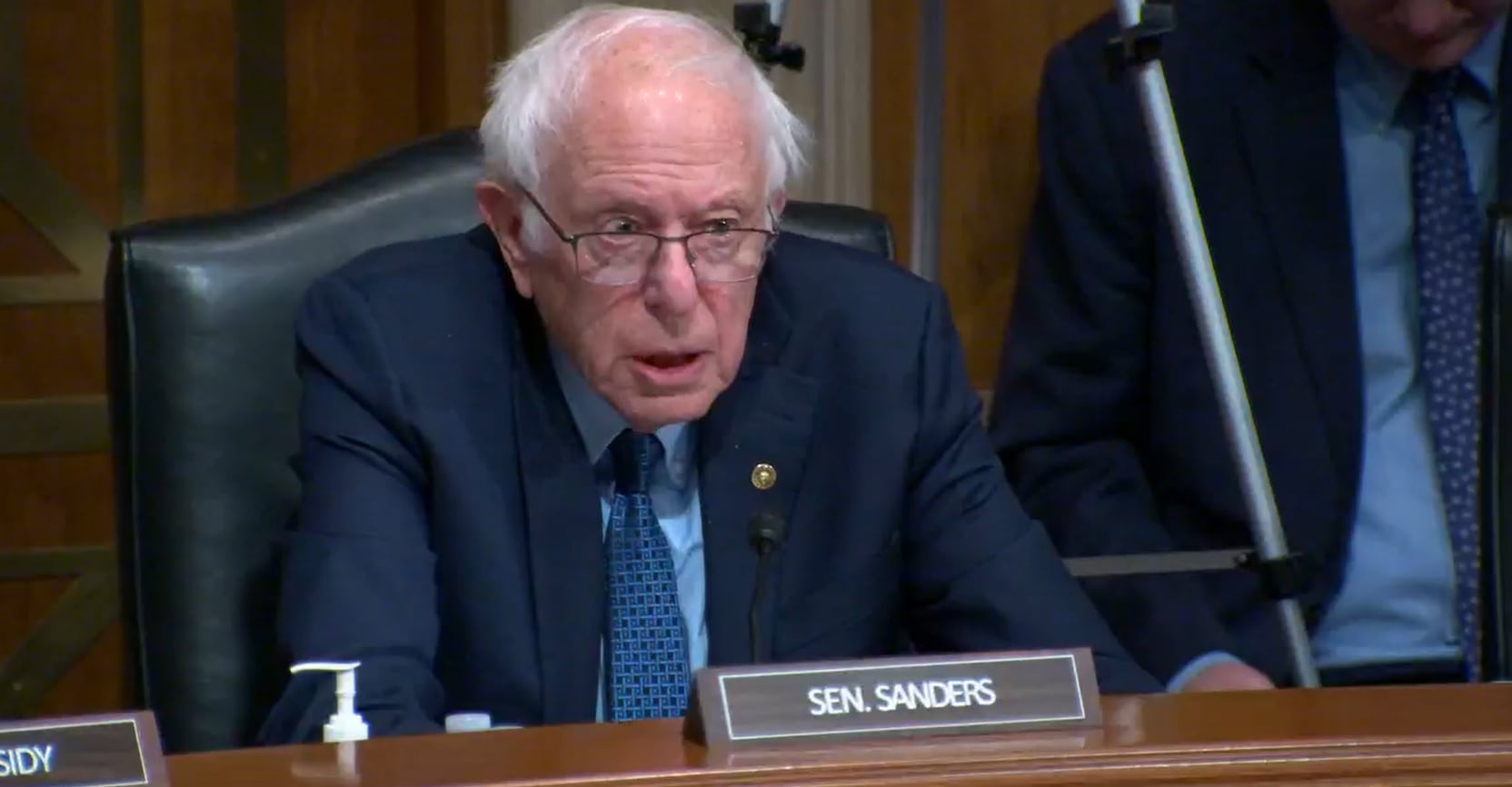FDA could reveal details “in the coming weeks” about how it will identify and rank chemicals in the food supply for safety reassessment, according to the leader of the agency’s food chemicals office, who also outlined other initiatives on which the recently formed Human Foods Program will focus under the Trump administration.
As part of a massive reorganization at FDA, the agency created a new Office of Post Market Review, which “is not a new role specifically,” but which places a “new emphasis” on conducting risk reviews of chemicals in food for which safety concerns and questions have arisen, Mark Hartman, director of the Office of Food Chemical Safety, Dietary Supplements, and Innovation at FDA, explained last week at the DC chapter of IFT’s Food Policy Impact summit.
Last fall, FDA hosted a public meeting at which it shared “a process paper that described our vision” for identifying chemicals in the marketplace for additional risk reviews and depending on the outcomes of those risk assessments, move on to risk management or regulatory action, Hartman added.
At the meeting, the agency faced sharp criticism from industry stakeholders for not providing sufficient information about how chemicals would be selected or assessed and if or how stakeholders – including the public – could engage in the chemical selection and review process.
Hartman noted that one his personal priorities for the Human Foods Program is to increase transparency and stakeholder engagement.
“FDA has a fair amount of transparency, but as the program continues to evolve, we have to challenge ourselves to make sure that we really create real and continuing opportunities for showing our work, including before it is done sometimes, and trying to create an environment where we have more of a window into the work we do every day,” he said.
“Part and parcel to transparency is stakeholder engagement,” he added. “It is important for us to really talk to folks, stakeholders across the board, and to really understand where their priorities are, where their concerns are, where their challenges are and how we can do a better job of addressing those where we can.
After the meeting on the post-market review process, FDA received more than 70,000 comments from stakeholders, which Hartman said “we will continue to work through.”
But, he added, “we expect to be announcing some of our progress in that regard, and some of our plans for how we are going to continue to march forward on the post-market chemical review space in the coming weeks.”
Speed of the essence
The speed at which the Trump administration and new leadership of FDA and HHS are moving is “unprecedented,” according to Hartman, who noted that there has not been much of a learning curve since he assumed his current role in December.
“I don’t even think there was a curve. I think the term for it is a line – and it has been straight up,” he said.
“But that is okay – it has been a joy,” he added, while also noting that he is “embracing the change and trying to ride the wave instead of being sucked under the waves and sent out to the ocean.”
FDA will collaborate with ‘other regulatory authorities’ to achieve agenda
Revamping and advancing the post-market review process for food chemicals is just one of the many top goals of the current leadership on the “vertical learning curve,” added Hartman.
Another closely related goal of FDA under the current leadership is a “major new partnership” with the National Institutes of Health to “conduct comprehensive research on how food additives impact health and children’s development,” said Hartman.
The partnership is part of HHS’s efforts to “transition from petrochemical-based dyes to natural alternatives,” including a recently announced “agreement” agency leaders said they struck with the food industry to phase out synthetic dyes Green 3, Red 40, Yellow 5 and 6 and Blue 1 and 2.
The extent of the industry’s participation in that “agreement” has yet to be determined and appears to be on increasingly shaky ground. At least one former FDA leader said he is dubious that manufacturers will comply without a forcing mechanism – such as a regulatory deadline – and several trade groups and food scientists are starting to push back by pointing to research that supports the safety of the dyes.
The ongoing fallout could portend a tough battle ahead for FDA’s post-market chemical review process as well.
However, Hartman noted the agency is not the only authority that wants to see the dyes removed and indicated that FDA would work alongside state authorities and other regulators to meet their shared goals.
“FDA has a strong tradition of collaborating with other regulatory authorities internationally as well as across the federal government. And again, as states continue to be very active in this space, working with our co-regulators and folks that are dealing with the chemicals – the same chemicals – in different contexts” will be important, he said.
Nearly 30 states have proposed or passed legislation to remove some dyes and additives from products sold within their boundaries – creating a patchwork of laws that many in the industry said they hoped FDA would preempt with a national standard.
Actions by FDA and HHS suggest the agencies will follow the states’ lead – a message reinforced by Hartman.
He explained, “It is really important in a resource-challenged environment to be able to leverage work that is being done by other competent authorities and make sure that we are not all trying to assess the same thing in the same way and that same time with multiple resources.”
Ultra-processed foods are ‘area of emerging study’ for FDA
While chemical safety has been a top priority for the new administration, Hartman noted “certain nutrition is equally important, and has been at the center of a lot of these emerging policies that we’ve been talking about.”
For example, he noted, FDA is “working through” comments submitted on draft guidance published last summer to reduce sodium in food.
“We think that reducing sodium and products will have a dramatic effect on the health of Americans, and we continue to look for ways that we can support industry as they try to achieve the targets that we set in the draft guidance,” he said.
Likewise, he said, FDA also is “thinking of ways of addressing added sugars to foods as well.”
Both of these initiatives are contributing to ultra-processed food as an “area of emerging study” both under the Human Foods Program’s nutrition and chemical safety pillars, he added.




